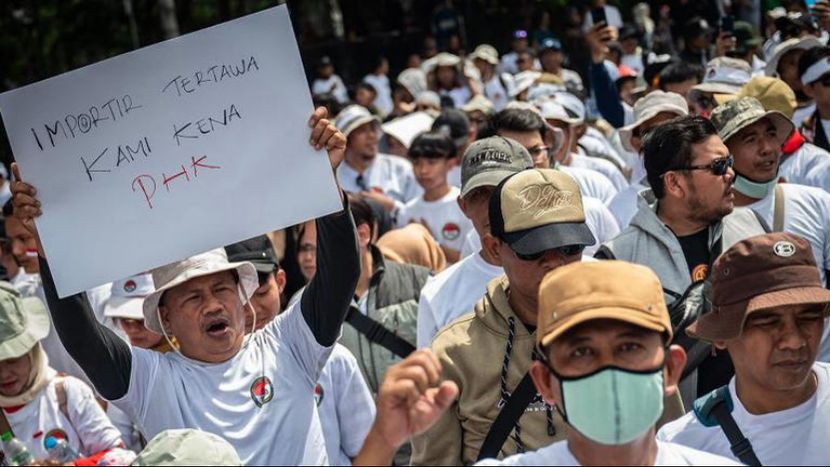More than 150,000 employees in Indonesia's textile industry are unemployed and laid off

The chairman of the Association of Indonesian Fiber and Filament Producers (APSyFI) said that 21 textile companies in Indonesia have now closed and 31 textile factories are under threat of closure.Since the end of 2022, the level of capacity utilization in textile mills has begun to decline. As of Q2 2022, the utilization rate was only 721 TP3T and many textile and apparel companies belonging to ApsyFI members have closed down. So far, the utility of the sector has continued to decline. According to the association's records, only 451 TP3T is now left.The level of capacity utilization has declined since Covid-19 and the downturn in the textile industry has been going on for a long time, with the last glory of the textile industry occurring in 2010-2011. The decline in the role of industry in the economy, especially the textile industry, occurred during the ASEAN-China Free Trade Agreement in 2012, the so-called second phase of de-industrialization, and the first phase of the textile industry's decline occurred during the 1998 crisis. The downturn period of the textile industry since 2012 started to improve in the first quarter of 2020 i.e. the outbreak of the New Covidian Virus, however the textile factories are again in the doldrums in the third quarter of 2023, the impact of which is due to the wars in Russia and Ukraine. On top of that, during Covid-19 in 2020 stockpiles of Chinese products started to infiltrate into Indonesia and even illegal imports occurred due to Chinese port operations coming to a standstill. Over time, textile stockpiles will increase and goods coming into Indonesia are sold at low prices.
Due to the large stock of products from China entering Indonesia, these goods are still being sold at production prices and are now being sold below standard commodity prices. Another effect is that most of the goods from China are coming in illegally, even textiles from China enter or are imported into Indonesia without paying import duties. This economic downturn may lead to layoffs in the industry, with mass layoffs in 2024. 2022-2023 has already seen a trend of employee reduction because of the decrease in the production of goods. The textile industry has been hit by the crisis and one of the ways to survive is to reduce production levels. When production inventories are reduced, fewer employees are needed. Some employees have been laid off and some have been working for as little as three to six days. This is happening right now to a textile company in Bandung, West Java, which initially had 3,000 employees, and since 2023, the company has been laying off employees every month, and eventually by May of this year, the company laid off the last batch of 700 employees, while the factory was closed.A total of 150,000 employees were laid off in the textile and apparel industry throughout 2023, a figure that excludes SME layoffs, which come mainly from medium and large industries, as these companies report them, yet many do not.

